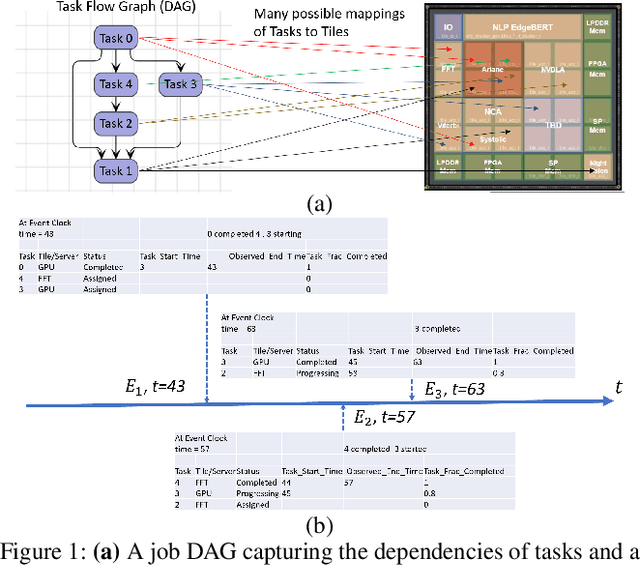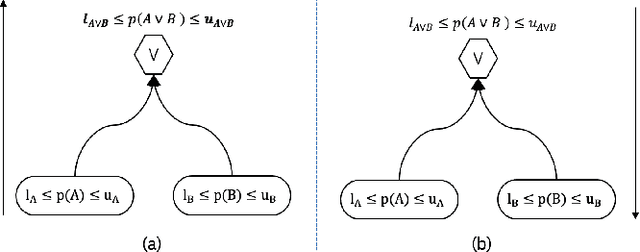Chitra Subramanian
Leveraging Interpretability in the Transformer to Automate the Proactive Scaling of Cloud Resources
Sep 04, 2024



Abstract:Modern web services adopt cloud-native principles to leverage the advantages of microservices. To consistently guarantee high Quality of Service (QoS) according to Service Level Agreements (SLAs), ensure satisfactory user experiences, and minimize operational costs, each microservice must be provisioned with the right amount of resources. However, accurately provisioning microservices with adequate resources is complex and depends on many factors, including workload intensity and the complex interconnections between microservices. To address this challenge, we develop a model that captures the relationship between an end-to-end latency, requests at the front-end level, and resource utilization. We then use the developed model to predict the end-to-end latency. Our solution leverages the Temporal Fusion Transformer (TFT), an attention-based architecture equipped with interpretability features. When the prediction results indicate SLA non-compliance, we use the feature importance provided by the TFT as covariates in Kernel Ridge Regression (KRR), with the response variable being the desired latency, to learn the parameters associated with the feature importance. These learned parameters reflect the adjustments required to the features to ensure SLA compliance. We demonstrate the merit of our approach with a microservice-based application and provide a roadmap to deployment.
A Neuro-Symbolic Approach to Multi-Agent RL for Interpretability and Probabilistic Decision Making
Feb 21, 2024



Abstract:Multi-agent reinforcement learning (MARL) is well-suited for runtime decision-making in optimizing the performance of systems where multiple agents coexist and compete for shared resources. However, applying common deep learning-based MARL solutions to real-world problems suffers from issues of interpretability, sample efficiency, partial observability, etc. To address these challenges, we present an event-driven formulation, where decision-making is handled by distributed co-operative MARL agents using neuro-symbolic methods. The recently introduced neuro-symbolic Logical Neural Networks (LNN) framework serves as a function approximator for the RL, to train a rules-based policy that is both logical and interpretable by construction. To enable decision-making under uncertainty and partial observability, we developed a novel probabilistic neuro-symbolic framework, Probabilistic Logical Neural Networks (PLNN), which combines the capabilities of logical reasoning with probabilistic graphical models. In PLNN, the upward/downward inference strategy, inherited from LNN, is coupled with belief bounds by setting the activation function for the logical operator associated with each neural network node to a probability-respecting generalization of the Fr\'echet inequalities. These PLNN nodes form the unifying element that combines probabilistic logic and Bayes Nets, permitting inference for variables with unobserved states. We demonstrate our contributions by addressing key MARL challenges for power sharing in a system-on-chip application.
 Add to Chrome
Add to Chrome Add to Firefox
Add to Firefox Add to Edge
Add to Edge